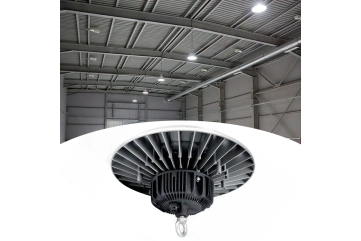What is the die casting method?
Die casting is a manufacturing process used to produce metal parts by injecting molten metal into a mold cavity under high pressure. This method is widely used in the production of complex metal components, particularly in the automotive, aerospace, and consumer electronics industries. Here’s a detailed overview of the die casting process:
Key Elements of Die Casting
1.Mold (Die)
Two Parts: The mold typically consists of two halves, the cover die and the ejector die.
Material: Molds are usually made from tool steel because of its ability to withstand high temperatures and pressures.
2.Molten Metal
Common Metals: Aluminum, zinc, magnesium, and their alloys are the most commonly used metals in die casting.
Melting: The metal is heated until it reaches a molten state and can be easily injected into the mold.
3.Die Casting Machine
Types: There are two main types of die casting machines – hot chamber and cold chamber machines.
Hot Chamber: Used for metals with low melting points like zinc and magnesium. The metal is melted in a container attached to the machine and injected into the mold.
Cold Chamber: Used for metals with high melting points like aluminum. The metal is melted in a separate furnace and then transferred to the machine for injection.
Die Casting Process Steps
1.Preparation
Mold Coating: The mold is coated with a lubricant to aid in part removal and temperature control.
Clamping: The two halves of the mold are closed and clamped together.
2.Injection
Filling: Molten metal is injected into the mold cavity under high pressure. This ensures the metal fills all details and cavities of the mold.
Cooling: The metal cools and solidifies in the mold.
3.Ejection
Opening: The mold is opened, and the solidified part is ejected using pins or other mechanisms.
Trimming: Excess material (flash) is trimmed off the finished part.
4.Post-Processing
Surface Finishing: Additional finishing processes such as machining, polishing, or coating may be applied to improve the part’s surface quality.

Advantages of Die Casting
High Precision: Produces highly detailed and precise parts.
Efficiency: Fast production rates and the ability to produce large quantities of parts quickly.
Strength: Produces parts with high mechanical strength and good surface finish.
Complex Shapes: Capable of creating complex shapes that would be difficult or impossible to achieve with other manufacturing methods.
Disadvantages of Die Casting
High Initial Cost: The cost of molds and die casting machines is high.
Limited to Certain Metals: Not suitable for all metals, particularly those with very high melting points.
Size Limitation: Typically used for smaller to medium-sized parts due to the limitations of mold and machine size.
Applications of Die Casting
Automotive Industry: Engine blocks, transmission housings, and other automotive components.
Aerospace: Aircraft components requiring high strength and precision.
Consumer Electronics: Housings for devices like smartphones and laptops.
Industrial Equipment: Components for machinery and tools.
Die casting is a versatile and efficient manufacturing process, making it ideal for producing high-quality metal parts with complex geometries.




